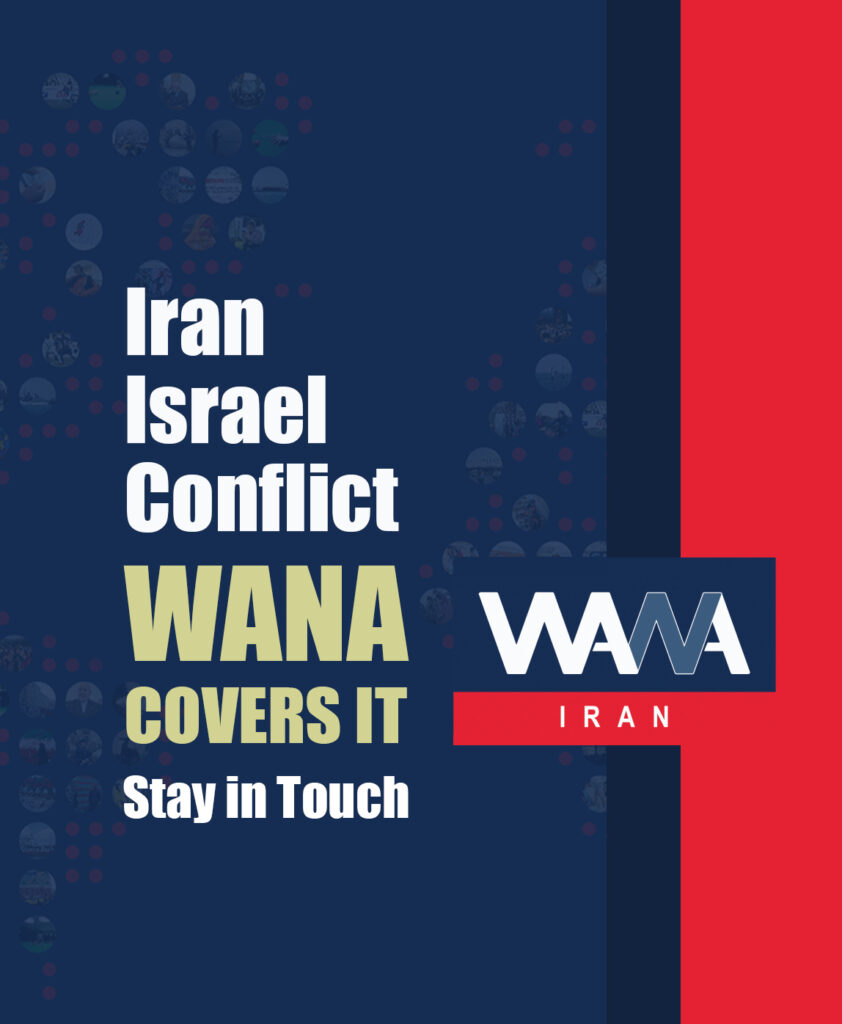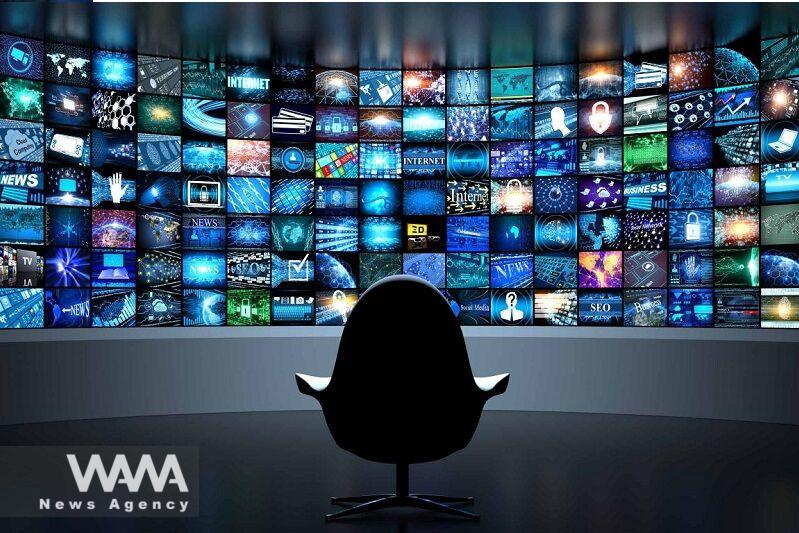Interesting subjects for Western Media; Iran’s presidential election
WANA (June 22) – Dozens of journalists from different countries will enter Iran next week to cover the news related to the snap presidential election on June 28.
Since the Iranian revolution in 1978, the coverage of events in Iran has always been important for the media, especially the Western Media.
The taking over of the U.S. embassy, separatism conflicts, the 8-year war between Iran-Iraq, the death of the Islamic Revolution’s founder Ayatollah Khomeini, the election of Ayatollah Khamenei as the new leader, numerous elections, street protests, and the assassination of General Qassem Soleimani, etc. These were part of events in which top international media were forced to travel to Iran to tell their narrative of events.
No one can deny that, in many cases, the actions and coverage of foreign media on the issue of Iran have been impartial and non-targeted.
In the eight-year Iran-Iraq war, the Western media had lined up with all their might in support of Saddam Hussein. Also, Western outlets sought to justify the actions of the Americans with regard to the U.S. downing of Iranian passenger planes, which resulted in the death of 291 people on July 3, 1988.
The efforts of Western and Hebrew media to influence the 1997 presidential election in Iran, which led to the victory of the Reformist candidate Seyyed Mohammad Khatami, is only a tiny example of the involvement of foreign media in Iran’s elections.
In those years, dozens of new media companies opened their offices in Iran. They produced content with all their might in support of actions and anti-establishment efforts of the government known as the 2nd of Khordad.
Previously, this media movement came to the aid of a political movement in Iran with all its power in the Local Council and Parliament elections. By creating a unique electoral atmosphere, it was able to encourage people to participate more in the polls.
On the surface, more participation is a privilege for the ruling system, and this way, the Islamic Republic of Iran can claim high acceptability and legitimacy. However, Western politicians and media’s goal in encouraging people to go to the ballot boxes was not to give legitimacy to the Islamic Republic; they sought to bring people who are aligned with the West into power in Iran.
Western politicians and media see all the reformist activists in Iran as instruments. In their eyes, this political movement is the West’s pawn inside Iran. They will defend the Reformist movement until they can create a significant event leading to a “hard overthrow” with violent street protests. They will also support them until they can infiltrate the ruling system to implement the “soft overthrow” project.
Foreign media, whether during periods when they promoted increased participation in Iran’s elections or when they injected the policy of election boycotts into Iran, were pursuing the political agendas of their employers in both cases.
What was presented in the showcase and promoted, such as achieving a more prosperous life, freedom of speech, bringing democracy, and so forth, may have been slogans, but in reality, none of these were realized by this pro-Western political movement when they held power.
This finding is not only supported by those in the ruling system, but nowadays, many reformist leaders also believe that the West is playing a negative game with the help of its media inside Iran.
In the 2009 election contest between Mahmoud Ahmadinejad and Mirhossein Mousavi, Ahmadinejad was declared the winner, but the Reformists did not accept this result, and the conflict was dragged to the streets.
In 2022, intense street protests began after the death of a young Kurdish girl named Mahsa Amini in a police station and continued for several months. Some of these media outlets believe that those events may happen again, so they plan to stay in Tehran in the coming days.
The election of the new president is scheduled to be held after the death of the late President Ebrahim Raisi. The political situation in Iran is complicated to the extent that Western politicians do not know whether to boycott the elections or promote maximum participation. In such a situation, they hope that their supporters in Iran will be able to return to power to implement at least some of their wishes and policies.
It is important to know what the subjects of interest for the media are in the coming days.
“2022 riots”
A project that ultimately failed to bear fruit. The global effort that year to overthrow the ruling system in Tehran with the Mahsa Amini project led to a brutal defeat for its supporters. Does Mahsa’s story still have the capacity to re-create street protests and riots?
“Freedom of expression” and “political freedoms”
Iran’s political atmosphere and freedom of expression need new openings, but compared to many Arab and non-Arab countries in West Asia, it is in a more favorable situation.
“Hijab”
a controversial issue that still has supporters and opponents at high levels inside Iran
“Iran’s economic situation”
Iran’s economic structure faces numerous challenges, but the role of severe sanctions in creating economic crises in Iran is undeniable.
“Will the elections be held safely and freely?”
The media has always raised doubts about the integrity of elections. This time, the issue of election conduct will also be a concern for media outlets.
And….
By WANA writer














User comments